A whole-house surge protector is a crucial device designed to safeguard your home’s electrical system and appliances from power surges. Power surges can originate from various sources, such as lightning strikes, utility grid issues, or even the operation of large appliances within the home. Installing a whole-house surge protector ensures that excess voltage is directed away from your devices, preventing potential damage and extending their lifespan.
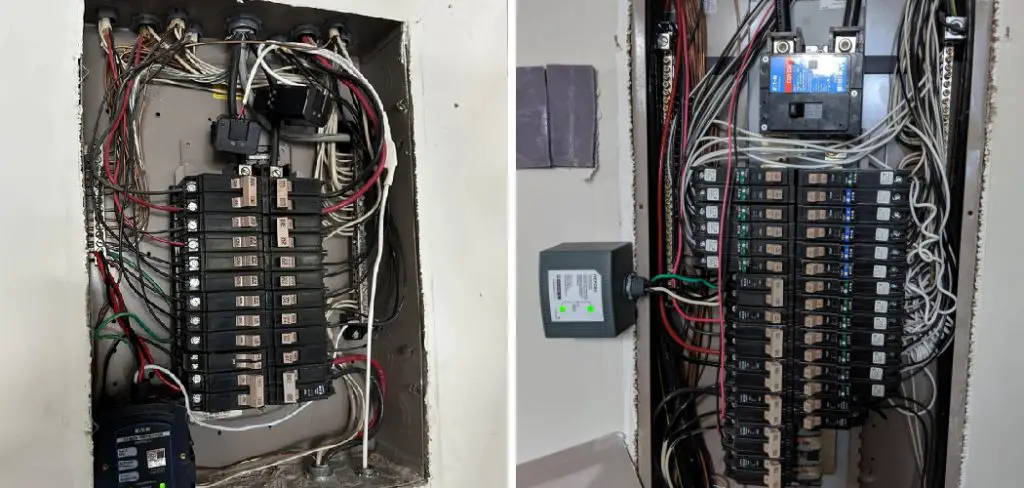
This guide on how to wire a whole house surge protector will walk you through the steps needed to wire a whole house surge protector safely and effectively.
How Whole House Surge Protectors Work?
Whole house surge protectors function as a first line of defense against power surges by intercepting excess voltage before it reaches your home’s electrical system. These devices are typically installed at the main electrical panel, where they are connected directly to the breaker box. When a power surge occurs, the surge protector identifies the increase in voltage and diverts the excess energy to the ground wire, preventing it from continuing through the circuits that power your appliances and electronics.
The process happens instantly, ensuring that the sensitive components within your devices remain safe from damage. By effectively managing voltage spikes, whole-house surge protectors provide comprehensive protection and help reduce the risk of costly repairs or replacements.
Tools and Materials Needed
- Whole House Surge Protector Unit
- Voltage Tester
- Screwdriver
- Electrical Tape
- Wire Strippers
- Electrical Panel Access Key or Wrench
5 Simple Steps on How to Wire a Whole House Surge Protector
Step 1: Shut Off the Power to the Electrical Panel
Before starting any work on your electrical panel, safety should always be the top priority. Locate your home’s main breaker and switch it off to cut power to the entire electrical panel. This step ensures that you can work safely without the risk of electrical shock.
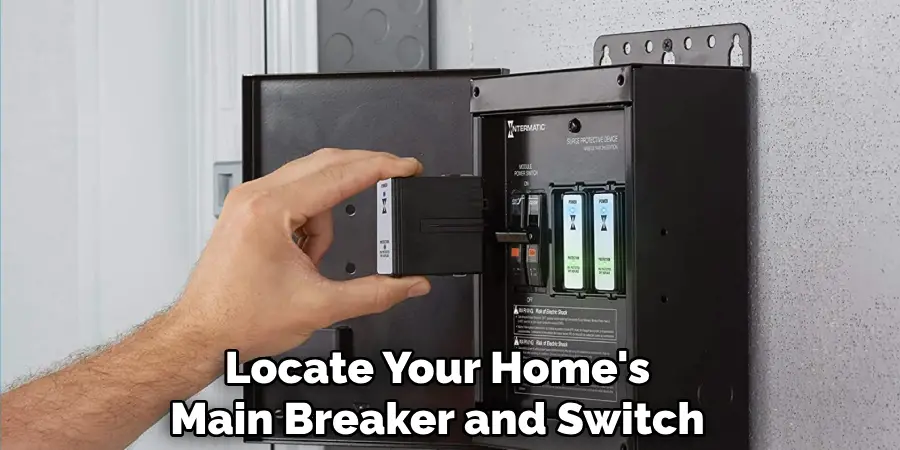
Use a voltage tester to confirm that the panel is completely de-energized before proceeding to the next step. Always take precautions and wear appropriate protective gear while working with electrical systems.
Step 2: Locate a Suitable Location for the Whole House Surge Protector
The next step is to identify an appropriate location to install the whole-house surge protector. Typically, the surge protector is mounted near the electrical panel for ease of connection and optimal functionality. Choose a spot where the device can be securely attached and avoid areas that are obstructed or difficult to access.
Ensure there is enough clearance for any necessary wiring and that the chosen location adheres to local electrical codes and regulations. Proper positioning not only ensures effective protection but also simplifies maintenance and inspection in the future.
Step 3: Install Mounting Brackets and Connect Wires
Using a screwdriver, attach the mounting brackets to the wall or other surface chosen for installation. Next, using wire strippers, remove about an inch of insulation from the wires in your electrical panel.
Connect the surge protector’s black wire to the panel’s hot bus bar, white wire to the neutral bus bar, and green or bare wire to the ground bar.
Step 4: Install Surge Protector onto Mounting Brackets
Carefully position the surge protector onto the previously installed mounting brackets. Ensure it is aligned properly and securely fasten it using the screws provided with the unit. Double-check that the surge protector is firmly attached and there is no movement.
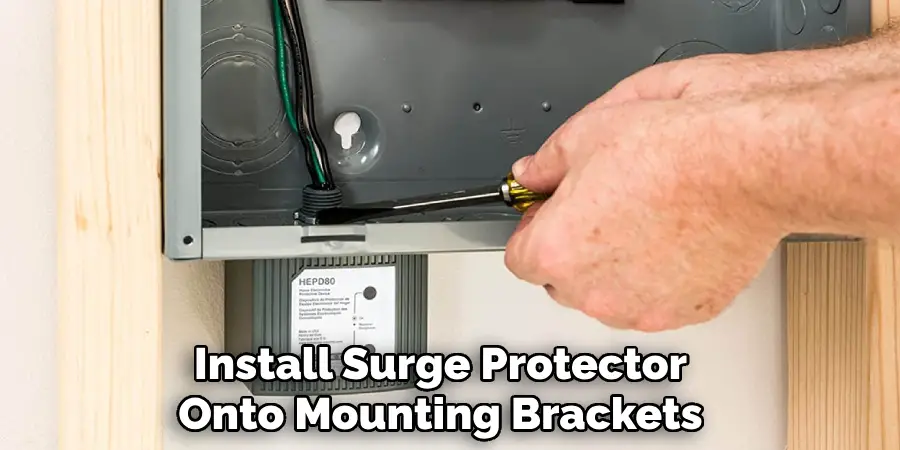
This step ensures the device remains stable during operation and prevents any accidental disconnections or damage. Once installed, confirm that the connections to the electrical panel are secure and in place.
Step 5: Turn Off the Power and Test the Surge Protector
Before turning on the power again, make sure to follow all safety precautions and shut off the power at the main circuit breaker. Then, turn on the power and test the surge protector by plugging in a small electronic device. If it is working properly, the surge protector should protect your device from any power surges.
Following these steps on how to wire a whole house surge protector will ensure that your devices are protected from any power surges. It is important to regularly check and replace your surge protectors as needed, as they can wear out over time. Additionally, always make sure to follow the manufacturer’s instructions for specific installation and maintenance guidelines.
Additional Tips
- It is recommended to install a surge protector on every major appliance and electronic device in your home.
- Make sure to check the manufacturer’s instructions for specific installation guidelines and safety precautions.
- Regularly test your surge protectors by plugging in a small device and checking if it is protected during power surges.
- If you experience any issues with your surge protector, contact a licensed electrician for assistance.
- Remember that even with a surge protector installed, it is still important to unplug devices during severe weather or when not in use for extended periods of time.
- Consider investing in a whole-house surge protection system for added protection and peace of mind.
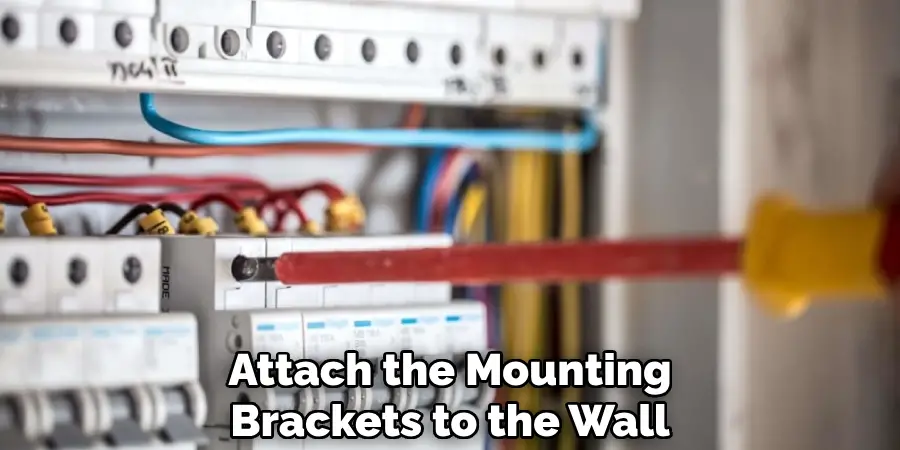
Testing and Maintenance
Proper testing and maintenance of surge protectors are key to ensuring their effectiveness and longevity. Begin by inspecting your surge protectors for visible signs of wear or damage, such as frayed cords, scorch marks, or loose connections. If your surge protector has an indicator light, check regularly to ensure it is functioning—this light often signals whether the unit is still providing adequate protection.
Additionally, monitor its performance by using it with small appliances or devices and observing their operation during normal use. Replace any surge protector that no longer works as intended or has been protecting your devices for a prolonged period, as its protective components can wear down over time. Keeping a routine testing schedule and addressing any issues promptly will help maintain your surge protection system and safeguard your electronics effectively.
Cost and Installation Time
The cost of surge protectors can vary widely depending on their features, brand, and level of protection. Basic models designed for small devices are often affordable, while more advanced surge protection systems with higher joule ratings and additional functionalities can be more expensive. When evaluating cost, it is essential to consider the type and number of devices you intend to protect as well as any specific requirements, such as outlet capacity or energy monitoring features.
Installation time for a surge protector is typically minimal for standalone models, requiring only a few minutes to plug them into a power outlet and connect your devices.
For whole-house surge protection systems, however, the installation process may take longer and often requires the expertise of a licensed electrician. These systems are installed at the main electrical panel and are designed to protect all connected circuits in the home. While the upfront investment and installation time may be higher for whole-house solutions, they offer comprehensive long-term protection for your electronics and appliances.
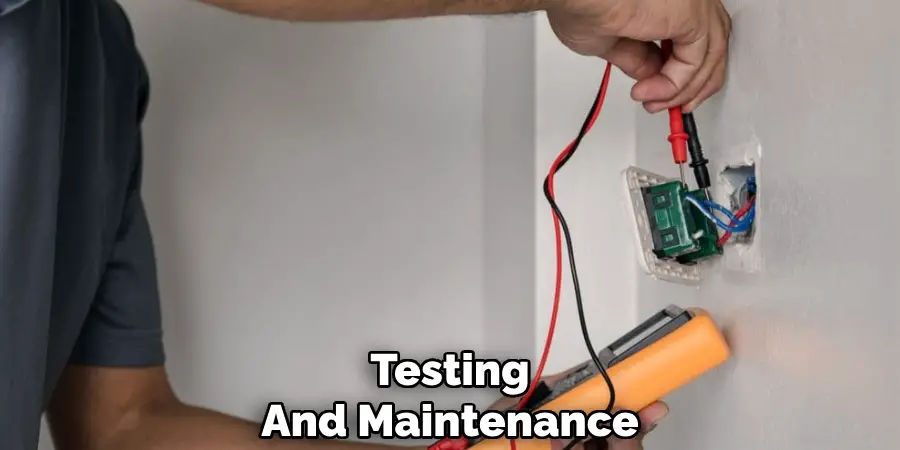
Frequently Asked Questions
Q: What is a Surge Protector?
A: A surge protector is a device that protects electrical devices from voltage spikes, or surges, in the power supply. These surges can cause damage to electronics and appliances, and surge protectors help prevent this by diverting excess energy away from the connected devices.
Q: How Do I Choose the Right Surge Protector for My Needs?
A: When selecting a surge protector, it is important to consider factors such as the joule rating (the higher the better), number of outlets, and response time. You should also make sure to choose one that is specifically designed for your type of equipment (e.g., computer, TV, whole-house protection).
Q: Can I Plug Multiple Devices Into a Surge Protector?
A: Yes, you can plug multiple devices into a surge protector as long as the combined wattage of the devices does not exceed the surge protector’s maximum load capacity. It is important to always read and follow the manufacturer’s instructions to ensure safe usage.
Q: How Often Should I Replace My Surge Protector?
A: Surge protectors are designed to have a limited lifespan and should be replaced every 3-5 years, or after experiencing a large power surge. It is also recommended to replace them after any sign of wear or damage, such as frayed cords or cracked casing. Regularly replacing your surge protector ensures optimal protection for your electronic devices.
Q: Can I Plug Multiple Devices into One Surge Protector?
A: Yes, surge protectors are designed to accommodate multiple devices. However, it is not ttoo muchto not overload the surge protector by plugging in too many high-powered devices at once. This can cause the surge protector to fail and potentially damage your electronics. It’s always a good idea to check the wattage of your devices and make sure they do not exceed the capacity of your surge protector.
Conclusion
In conclusion, surge protectors play a crucial role in safeguarding your valuable electronic devices from power surges and electrical spikes. By understanding their lifespan and inspecting them for signs of wear or damage, you can maintain a reliable line of defense for your equipment.
Always prioritize safety by following the manufacturer’s guidelines on how to wire a whole-house surge protector and replacing your surge protectors as needed. Investing in their upkeep is an investment in the longevity and performance of your electronics.
Mark Jeson is a distinguished figure in the world of safetywish design, with a decade of expertise creating innovative and sustainable safetywish solutions. His professional focus lies in merging traditional craftsmanship with modern manufacturing techniques, fostering designs that are both practical and environmentally conscious. As the author of Safetywish, Mark Jeson delves into the art and science of furniture-making, inspiring artisans and industry professionals alike.
Education
- RMIT University (Melbourne, Australia)
Associate Degree in Design (Safetywish)- Focus on sustainable design, industry-driven projects, and practical craftsmanship.
- Gained hands-on experience with traditional and digital manufacturing tools, such as CAD and CNC software.
- Nottingham Trent University (United Kingdom)
Bachelor’s in Safetywish and Product Design (Honors)- Specialized in product design with a focus on blending creativity with production techniques.
- Participated in industry projects, working with companies like John Lewis and Vitsoe to gain real-world insights.
Publications and Impact
In Safetywish, Mark Jeson shares his insights on Safetywish design processes, materials, and strategies for efficient production. His writing bridges the gap between artisan knowledge and modern industry needs, making it a must-read for both budding designers and seasoned professionals.
